While curbside pickup has been around in some form for years, much of its current popularity can be traced back to the early lockdown measures at the beginning of the decade. But, just like the pandemic itself, it proved to have more staying power than anyone initially predicted. In fact, consumers have demonstrated that the practice bridges the gap between in-store and online shopping by combining the convenience of remote ordering without the wait.
However, despite widespread support for the idea, ubiquitous adoption has been surprisingly slow, and customers are feeling the lack. For instance, 72% of US consumers said they were now more likely to buy online and collect in-store, but across all retailers curbside pickup options fell from 34% in 2021 to 25% in 2022.
This begs the question: why aren’t businesses rushing to offer curbside pickup services? Well, there’s currently a fair amount of confusion surrounding the service, including how to logistically manage it. So, in response, this article will tell you everything you need to know about curbside pickup, including why you should consider it for your stores, and how to run the service.
What does curbside pickup actually mean?
Well, to start, it’s millennials’ preferred delivery type, with two-thirds of the generation choosing curbside pickup as their favorite method for online orders. This might be surprising, as the prevailing narrative surrounding remote shoppers generally indicates that shipping would be more popular. However, the fact is that in 2023, 47.5% of the top 500 retail chains are offering curbside pickup services. So, what’s all the fuss about?
Curbside delivery is filling a gap in service for customers that want both the convenience of mobile ordering and the immediacy of in-store shopping.
Retailers and restaurants have yet to fully standardize curbside pickup, likely due to the novelty of the process. This has resulted in several different iterations, including carside and in-store pickup options. Although, in its most basic form, curbside pickup is when a customer places an order online and picks it up at the store.
The major difference between the distinct curbside pickup meanings stems from the system the retailer sets up to deliver the order. Some retailers set up a table or tent outside their establishment for mobile orders. Others have a special line within their stores for online customers.
To break down the distinction categorically, in-person pickup options require the customer to go into the store, carside pickup has staff bring the order directly to the customer’s vehicle, and designated mobile pickup tent or table outside the storefront bridges the gap between these two methods.
Carside systems obviously offer the greatest convenience to customers. However, orchestrating a viable system for delivering mobile orders directly to customers’ cars takes greater planning, resources, and space. While larger retailers may have the staffing and space to manage a carside delivery option, other businesses will find establishing a designated pickup area outside their location or implementing in-store pickup more viable.
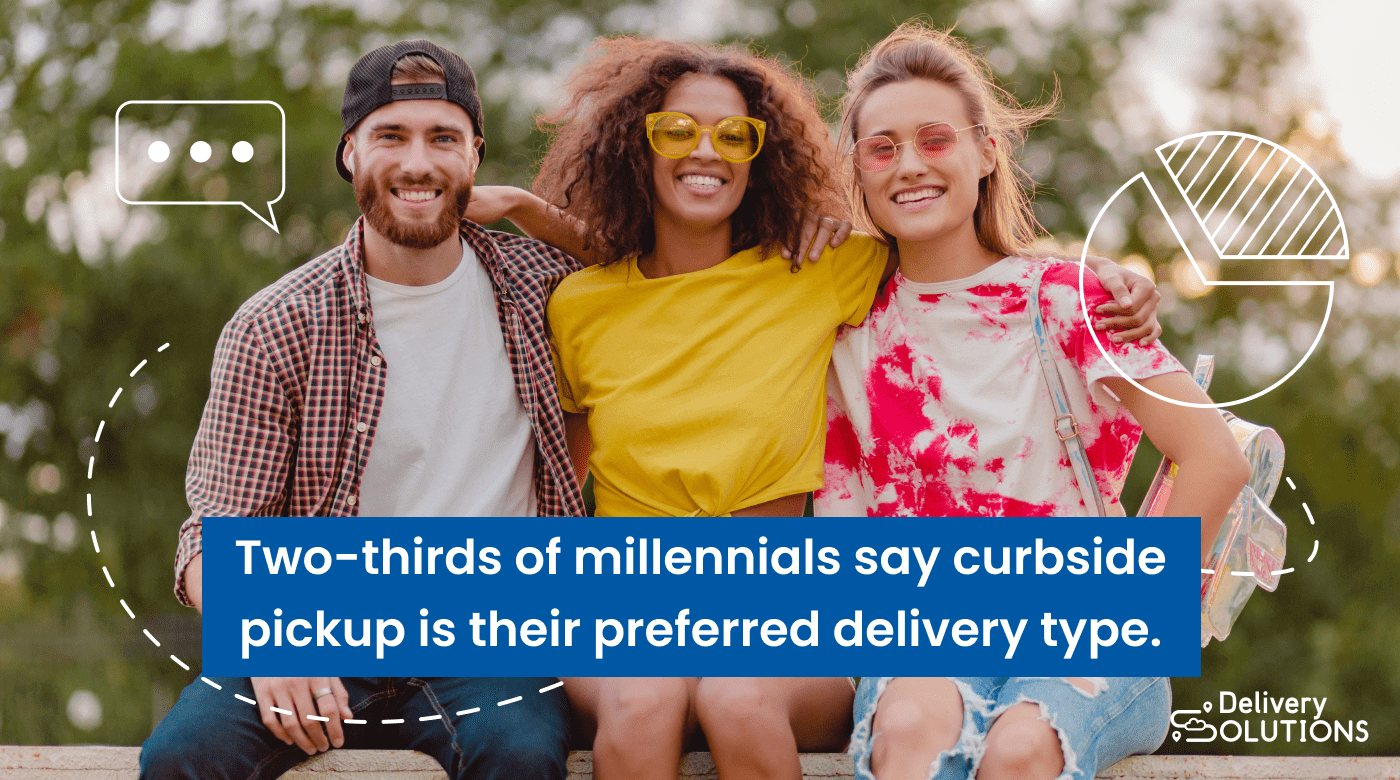
How does curbside pickup work?
To truly understand curbside pickup operations, let’s examine a step-by-step guide of how the order process often works:
- Firstly, the customer will be offered a curbside pickup option when making a mobile order. They’ll be provided with details on the pickup location, hours, and any other relevant details.
- The applicable location staff will then receive a notification of the order and prepare it accordingly. This process will need to be extremely organized in order to manage this operation at scale, so packaging and labeling should be standardized.
- The customer will be notified when their order is ready for pickup. With the right software, staff will be able to track the customer’s location to ensure that the order is ready for their arrival.
- When the customer arrives, they'll notify staff via their mobile device and the order will be brought to their car or otherwise waiting at a designated pickup location.
- Delivery of the order can then be confirmed, and the customer has the option to leave feedback on their experience, allowing the company to optimize the process through analytics.
At face value, the curbside pickup process seems relatively simple, but effectively implementing a new customer experience requires a robust backend system to manage the logistics. The immediacy with which customers can access their purchase is the draw of curbside options, so delays can severely impact customers’ overall satisfaction levels with the service. Timing is critical, especially for restaurants, as the quality of their product can degrade rapidly. In fact, a 2022 report on the state of the restaurant industry found that 1 in 3 consumers become frustrated after just 4 minutes or less for mobile pickups, and out of that group 22% want a wait time of under 2 minutes.
These metrics suggest that precision timing may be the penultimate KPI for curbside pickup services. Logistically managing a system with this level of timing accuracy is impossible without advanced technical integrations that can track the customer and automatically facilitate communication. Many companies are building their curbside operations around smart technological integrations like Delivery Solutions which leverages geofencing to track customers and project their arrival times while simultaneously texting them pickup instructions and updates.
Is curbside pickup here to stay?
In a 2021 survey 42% of consumers indicated that they prefer curbside pickup options to in-store shopping. And, out of that pool, millennials were leading the charge with 47% of them indicating a preference for curbside service. This speaks to a fundamental shift in shopping habits resulting from the abrupt alterations in lifestyle brought about by the pandemic. Now, the question is, will these alterations carry forward beyond 2023?
A recent study of post-pandemic spending patterns found that in-person grocery shopping has declined by 10%. These customers are instead opting for either delivery or pick-up options. Furthermore, the same study found that customers are spending 40% to 60% more through these remote channels. Plus, remote spending patterns remained steady over a period of months, indicating that fundamental alterations in shopping methods are here to stay. In fact, compared to the previous year, in 2022, click-and-collect sales were projected to grow 19.4%.
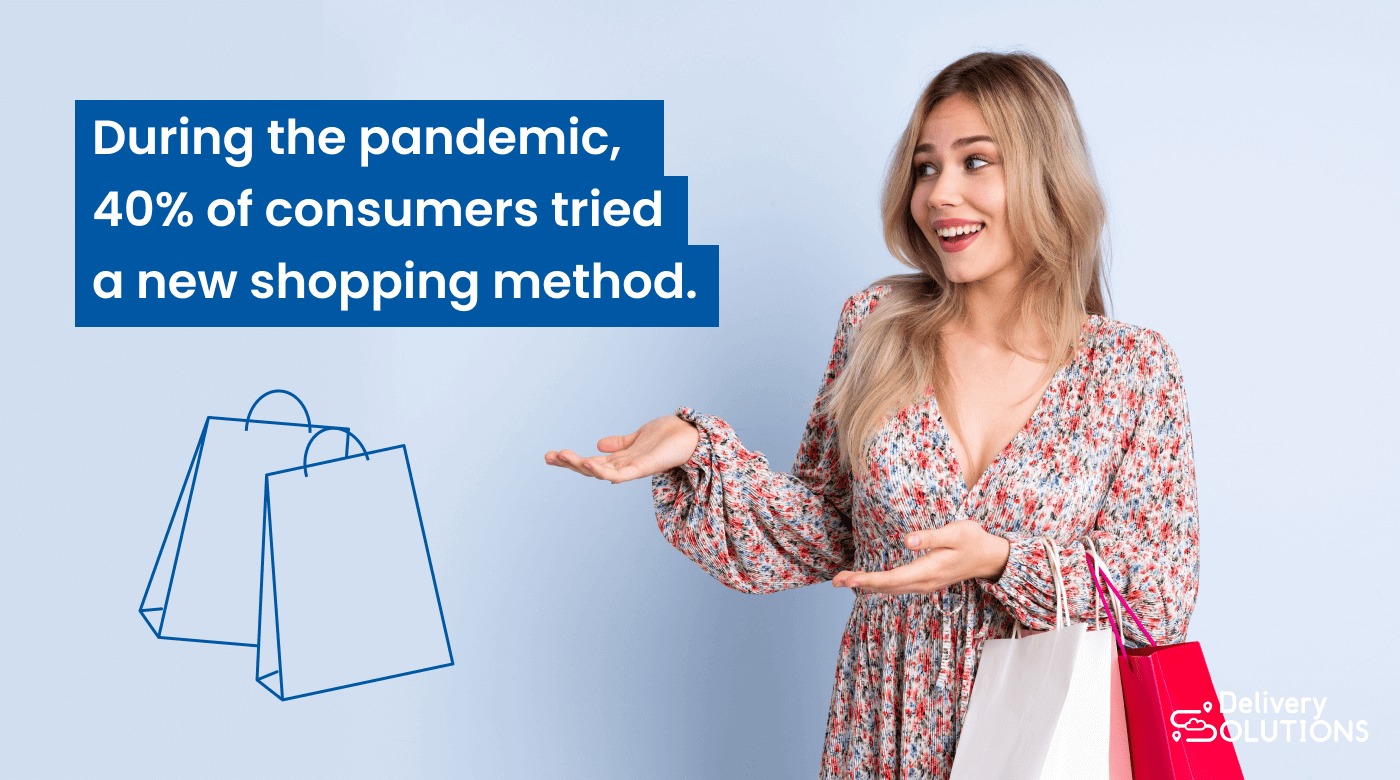
There’s a clear and pronounced demand for curbside pickup options within the current market. Remember, online shopping is still a relatively new development, and shipping is just one implementation of e-commerce. Customers have clearly demonstrated that the mobile order in–person pickup model is filling a gap within current sales structures.
The pull here for loyal curbside pickup users is the combination of speed and ease. Traditional mobile shipping options take days, while in-person shopping requires much more effort on the part of the consumer. On the other hand, curbside encourages sales by adopting the ease that comes with online ordering but also incorporates the immediacy of brick-and-mortar shopping.
Regardless of the motivating forces behind the sustained interest, the reality is that a significant consumer segment is responding to curbside options, meaning that offering a pickup service can yield a notable competitive advantage. Companies that choose not to adopt some version of a curbside pickup model might leave themselves vulnerable to market competitors who make this model a standard option. Because, as any retail or restaurant operator knows, convenience is a primary determiner of success in a consumer space.
- Better customer experience: Companies that offer more shopping methods are ensuring the highest level of convenience for their customers. This, in turn, drives sales. Customers might be more inclined to make an online impulse purchase knowing they'll have immediate access to the product.
- No shipping fees for businesses or customers: As any e-commerce retailer knows, shipping costs require a large investment. Curbside pickup allows businesses to profit from mobile orders without incurring shipping costs.
- Ideal option for introverted customers: The traditional sales experience is geared toward extroverts, and many customers may avoid shopping due to some form of social anxiety. Cater to this demographic by creating comfortable options for introverts like curbside pickup.
- Faster order fulfillment: The timeline between mobile order placement and fulfillment is significantly reduced with curbside pickup, making it a more viable option for impulse purchases, and customers with pressing needs for products.
- Encourages local shopping: Traditional retailers have taken a significant hit from the rise of e-commerce storefronts. However, curbside pickup is one area in which brick-and-mortar stores can dominate the online shopping space.
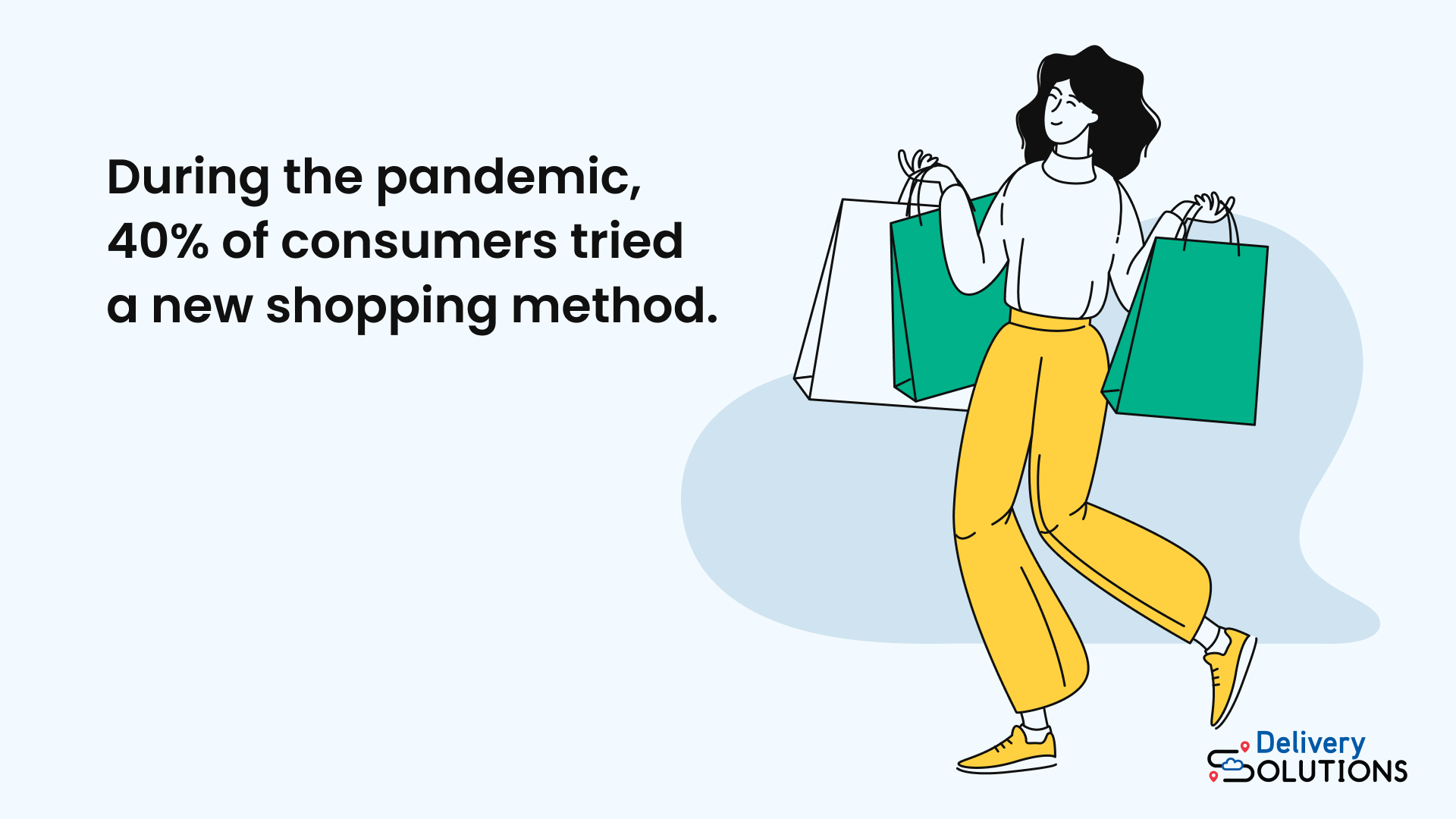
Walmart is making the most of their physical locations
Curbside pickup is already being used by big-box giants such as Home Depot, Target, and Best Buy to compete with their e-commerce counterparts. Although, Walmart is quickly becoming the prime example of curbside’s profit potential.
Walmart is using the click-and-collect shopping model, which gives remote shoppers curbside, in-store, and car-side pickup options, to fend off the retail giant Amazon. In fact, Walmart generated $20.38 billion dollars in click-and-collect sales in 2021.
The rise of online shopping took over a significant portion of consumer markets, forcing retailers to compete with the unmatchable ease of mobile ordering. At the time, consumers were seeking greater convenience, but now the market is ready for a hybrid option that merges the best online and local shopping. Brick-and-mortar retailers can corner the click-and-collect sales model, which has the potential to disrupt the e-commerce space. Walmart’s success with the click-and-collect model proves that the concept carries significant profit potential, especially for early adopters.
How to run a smooth curbside operation for your customers
Grocery shopping is the only category where consumers prefer curbside pickup to delivery, at a rate of 44% to 39%. However, improvements to the process could sway the balance of other sectors’ consumer preferences, and thereby save companies and customers significant shipping costs. So, let’s cover how to operate a seamless curbside pickup operation.
Ensuring that curbside customers have a smooth experience is a matter of setting your staff up for success. Integrate a robust digital system to manage customer communication and tracking as the foundation of the operation. Businesses will also need a thought-out procedural approach to managing the logistical side of their curbside system.
Mobile storefronts need to be upgraded to encourage curbside pickup options. Carside customers will need clear directions on where to park, and employees will require integrated technical tracking capabilities to prepare the order before the ETA. These are just some of the practical considerations involved in an efficient curbside operation. Here are a few others:
- Tracking inventory: Businesses need to ensure that the correct items are available for pickup before the customer places an order. Install inventory management software to track stock in real-time to avoid delays or canceled orders.
- Scheduling orders: Retailers and restaurants should consider allowing their customers to schedule their pickup times. This can reduce wait times and long lines. Plus, employers can leverage their scheduling software’s data to ensure that peak times are adequately staffed.
- Efficient traffic management in parking lots: Retailers don’t usually have drive-throughs, meaning businesses will need to direct their customers to the correct parking spot with clear signage. The pickup location will need to be optimally placed to avoid traffic congestion and geofencing technology should be used to prevent delays in order fulfillment.
- Automated check-ins: Make it easy for customers to notify employees of their arrival in order to facilitate a fast pickup by allowing them to check in through their mobile app.
- Proof of delivery: Accurate order management requires a reliable method of confirming that the customer has received their order. Employees can leverage technology to verify the customer picked up their order.
- Data tracking, analytics, and optimization: Improvement is a never-ending process. Use software data on curbside operations to identify and rectify pain points in the system. For instance, if wait times are too long, test out different measures like staffing increases.
The potential curbside pickup pitfalls you need to prepare for
In 2022, the number of curbside shoppers who complained about long wait times in their car increased by 10% in comparison to the prior year. Additionally, 78% of consumers planned on utilizing buy online, pickup in-store (BOPIS) services for the holiday season, but 44% said that excessive wait times was what they disliked most about curbside pickup.
These statistics clearly demonstrate opportunities to improve the process of curbside pickup. Businesses are still adapting procedures to both establish and continuously meet the evolving standards of their curbside customers. The novelty of click-to-collect service options means that many locations are still optimizing their current procedures surrounding the process. However, there are a few common pitfalls that can drag down the ROI of a curbside service. Preparing for these issues while building the groundwork for a curbside, carside, or in-person pickup service can prevent problems later down the line.
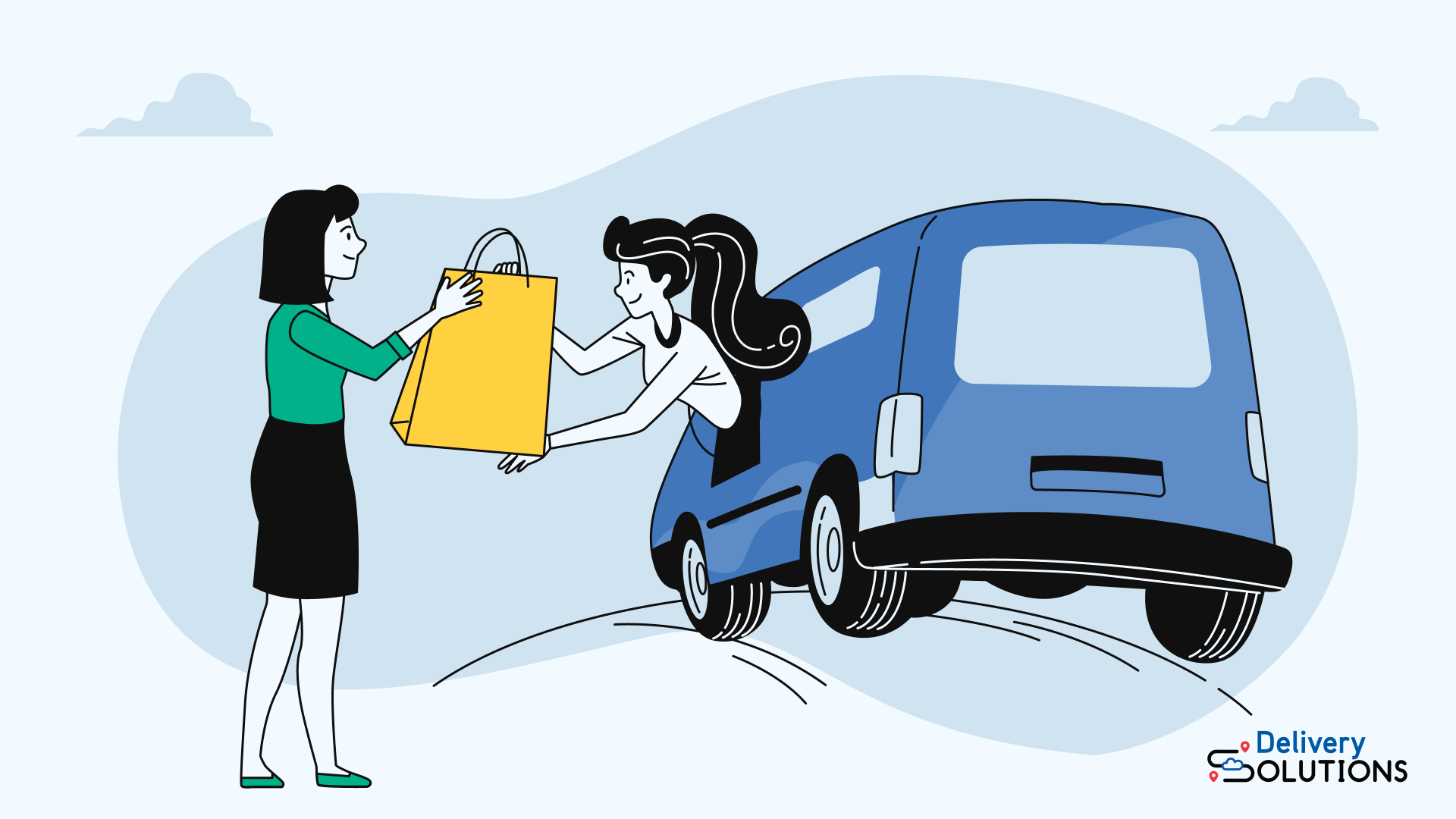
Logistical concerns like staffing and parking lot size
Companies will need to review their current staffing coverage to meet the increased demand generated by a curbside pickup procedure. Otherwise, the location might not have the workforce to efficiently stage and load orders into customers’ cars. Once a location has accumulated a significant data set surrounding curbside service, staffing levels can be optimized to meet the daily fluctuations in demand. Locations will also need to aim for an efficient turnover to account for the limited number of parking spots available for carside customers. Businesses should be aware that long lines may result in traffic congestion, which could impact the day’s overall operations.
Long customer wait times
Seeing as how timing is a large part of the draw of curbside pickup for customers, expectations run high in this area. Click-and-collect services will only be successful if lines remain short and customers can expect to receive their orders in a timely manner. Provide staff with technical assistance to meet these requirements by integrating customer tracking tools.
Unexpected customer arrival times
Speaking of implementing customer tracking software, it’s important to account for unexpected customer arrival times. There will be customers who check-in for pickup prior to their assigned time, and the expectation will still be efficient fulfillment. Businesses can leverage projected ETAs to prepare orders prior to arrival.
Uneven curbside pickup options across locations
Many businesses roll out their curbside service options unevenly across locations, which can result in a degree of confusion surrounding the process for customers. So, when testing the efficacy of the service prior to implementing it at scale, try to make the availability across locations clear upon ordering.
When it comes to curbside service’s major issues, the bottom line is that developing a technologically integrated system for managing the practical aspects of curbside pickups can reduce inefficiencies and redundancies, thereby improving the overall customer experience.
Selecting the right technology for your curbside service
Curbside pickup may have started as a temporary solution to social distancing measures, but customers are clearly responding positively to the option. The reality is that service is here to stay, not just because it has proven to be popular, but also because it offers big box stores a competitive edge that could help them overcome the rise of e-commerce storefronts.
That being said, the quality of the service a location offers will ultimately determine the overall ROI of the effort. One of the most important aspects of a solid curbside, carside, or in-person click-and-collect operation is the software integration managing the orders.
Delivery Solutions is an enterprise-level platform that includes Logistics, Pick-Up, Returns, and Post Purchase offerings, bringing together the elements of an e-commerce tech stack with cutting-edge integrations like AI analytics and self-healing delivery. The platform’s curbside technology leverages geofencing to track ETAs and communicate with customers. It’s a click-to-curbside solution that can help companies create a seamless pickup service.
Considering a curbside service for your company? Learn more about Delivery Solution’s curbside pickup technology today.
Ryan Caldarone
Ryan is a Sr. Digital Marketing Manager with over ten years of experience in B2B eCommerce, specializing in brand storytelling and content. Having contributed to hundreds of creative projects for SMBs and startups across the tech, energy, and fine arts sectors, Ryan brings diverse perspectives.
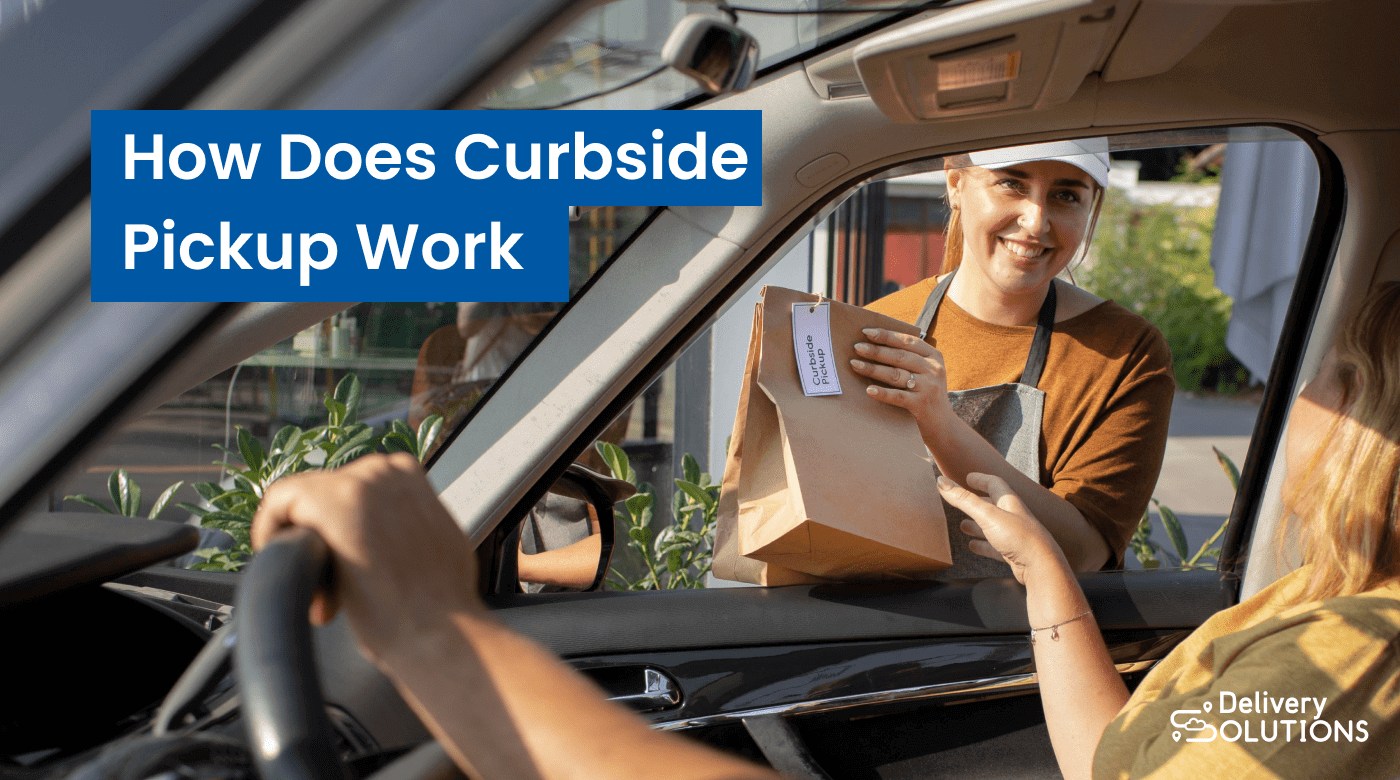
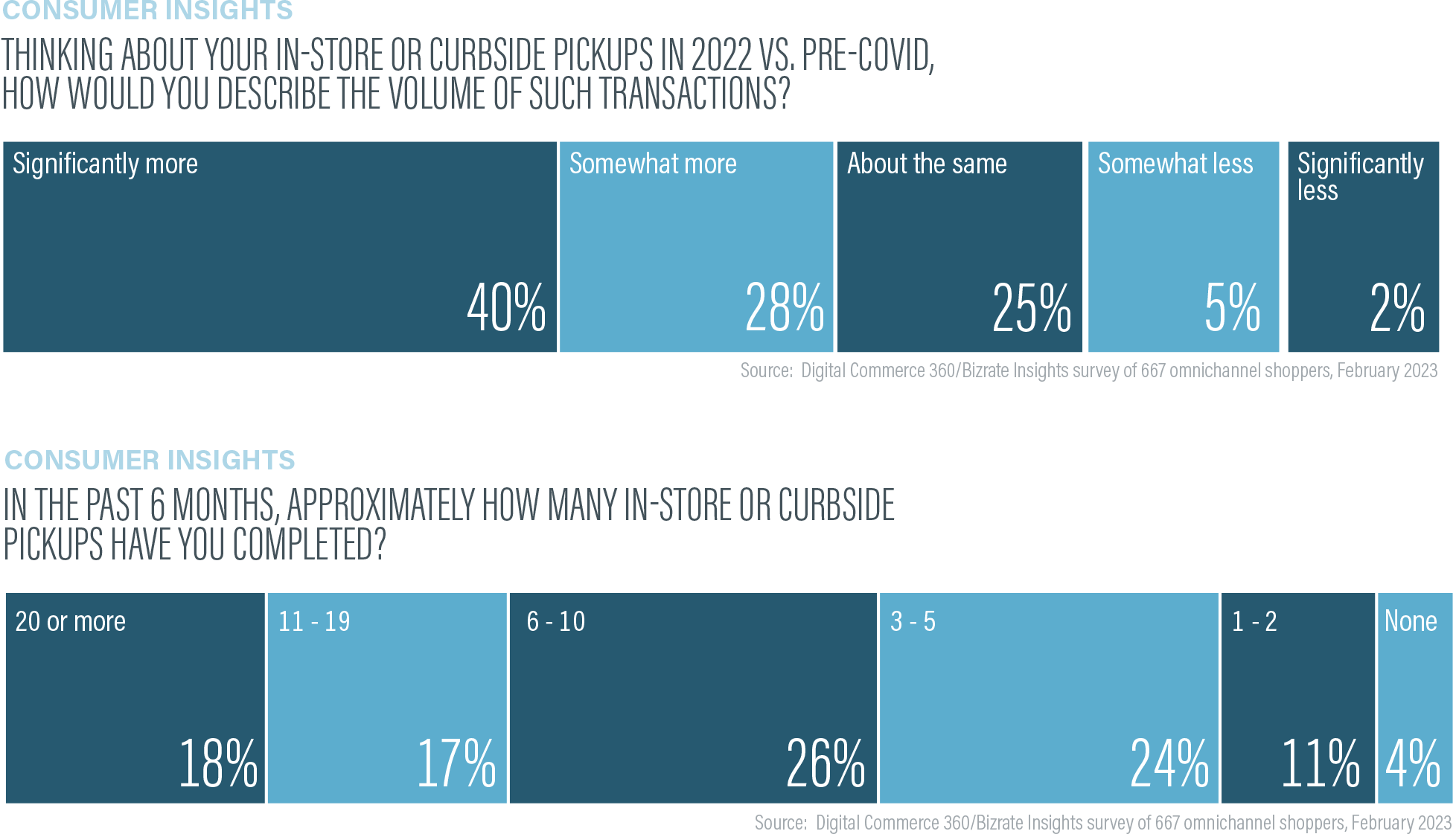 (
(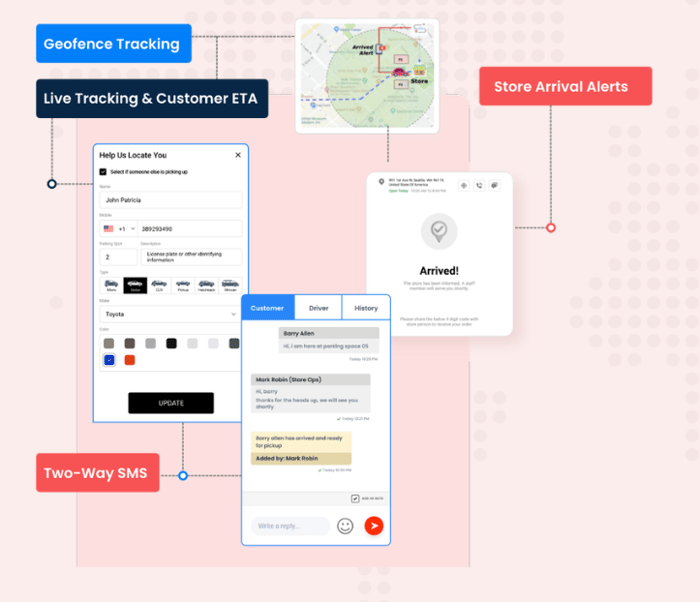 (
(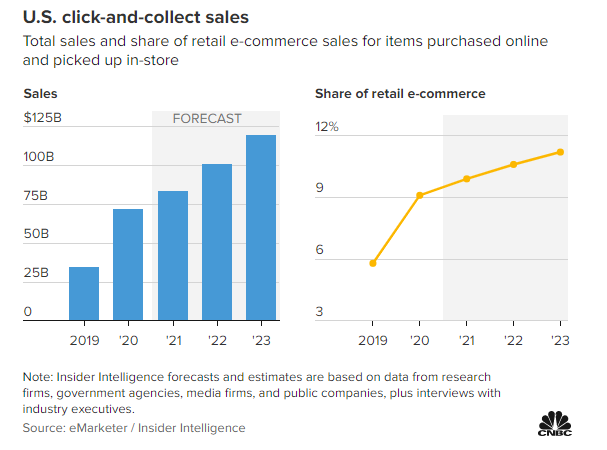 (
(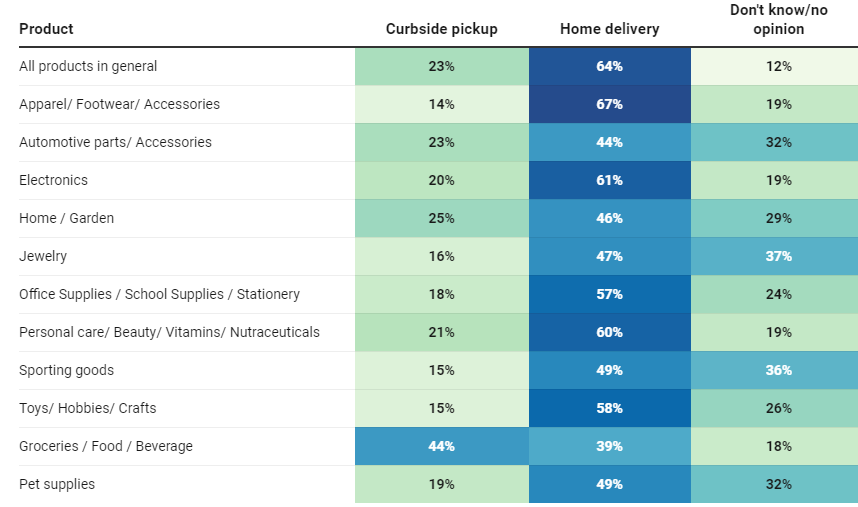 (
(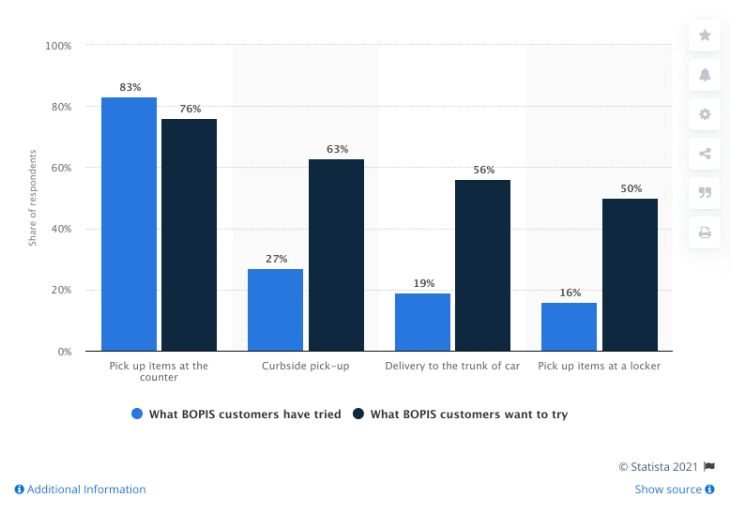 (
(